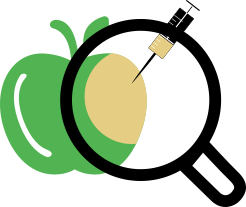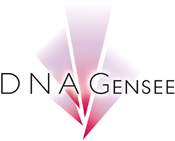To date,
fraud is a real social issue. Indeed, in recent years, many scandals concerning the adulterations (compoundsnot indicated in the product composition) have been detected. A large number of sectors has been affected such as food industry, pharmaceutical and cosmetics industries. Many consumers still have in mind, the cases concerning “horse meat” in the food industry or more recently in the cosmetics industry, where the methylisothiazolinone (MIT) and isobutylparaben (banned molecules) have been found in some cosmetic products (https://www.economie.gouv.fr/dgccrf/produits-cosmetiques-140-references-non-conformes-retirees-marche). As a result of this scandal, the consumers are more sensitive and critical about these products.
In this context,
on November the 30th, 2009, the General Directorate for Competition Policy, Consumer Affairs and Fraud Control (DGCCRF) has established the 1223/2009 regulation. This regulation details the references and information that must appear on cosmetics, for example the list of ingredients. Thanks to this information, consumers will be directly informed of the presence of allergenic substances or toxic health substances for example.More recently, in December 2017, the DGCCRF has reminded to cosmetics online importers and distributors, “that they are invited to include, by any means, the INCI (International Nomenclature of Cosmetic Ingredients) composition of their products”. (https://www.economie.gouv.fr/dgccrf/vente-en-ligne-cosmetiques-liste-des-ingredients-doit-etre-affiche). Moreover, on November the 8th, 2017, by a press release, it has also established a special plan called “Operation End of Year” (OFA) on the products and services most consumed during the end of the year (toys, Christmas decorations and foodstuffs). The DGCCRF asked the professionals from different sectors “to ensure trustworthiness in the information provided to consumers”.
(https://www.economie.gouv.fr/files/files/directions_services/dgccrf/press/communique/2017/cp-lancement-ofa2017. pdf)
To fight frauds,
chemical (chromatography) technologies have been set up. However, to refine the results and complete these analyses, new cutting-edge technologies have been developed. Indeed, DNA Gensee performs and offers innovative technologies using the plant and algae DNA : barcoding and metabarcoding. Thus, on different products particularly in cosmetics, DNA Gensee is able to provide information about plant raw materials identification and/or final product composition for its customers. The power of these technologies, allows DNA Gensee to determine accurately plant or algal species present in the samples. In addition, currently, a huge amount of genomic data is being generated, which predicts a large evolution of these technologies.
Throughout these analyses, DNA Gensee gives value of transparency and thus reassures customers regarding the quality of the products they buy. The number of analyses based on barcoding and metabarcoding technologies is constantly increasing. They will probably become essential, in the future, to fight adulterations and fraud in the food, pharmaceutical and cosmetics markets.











